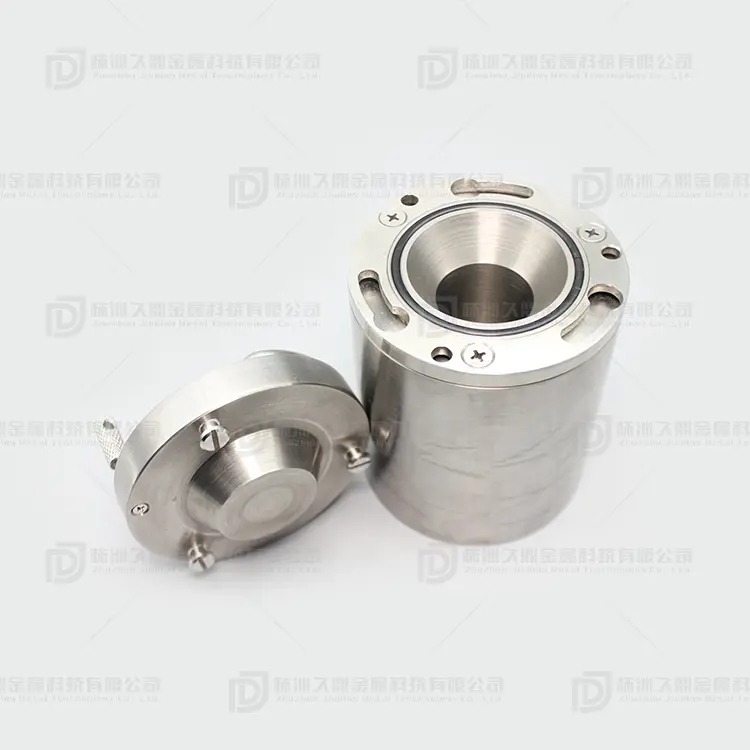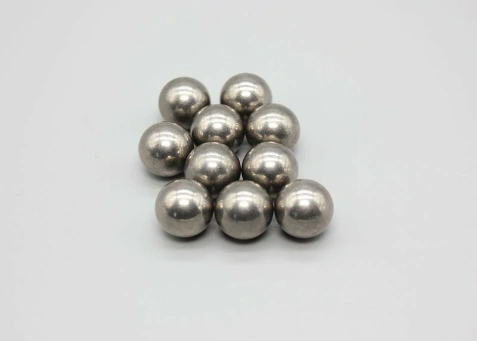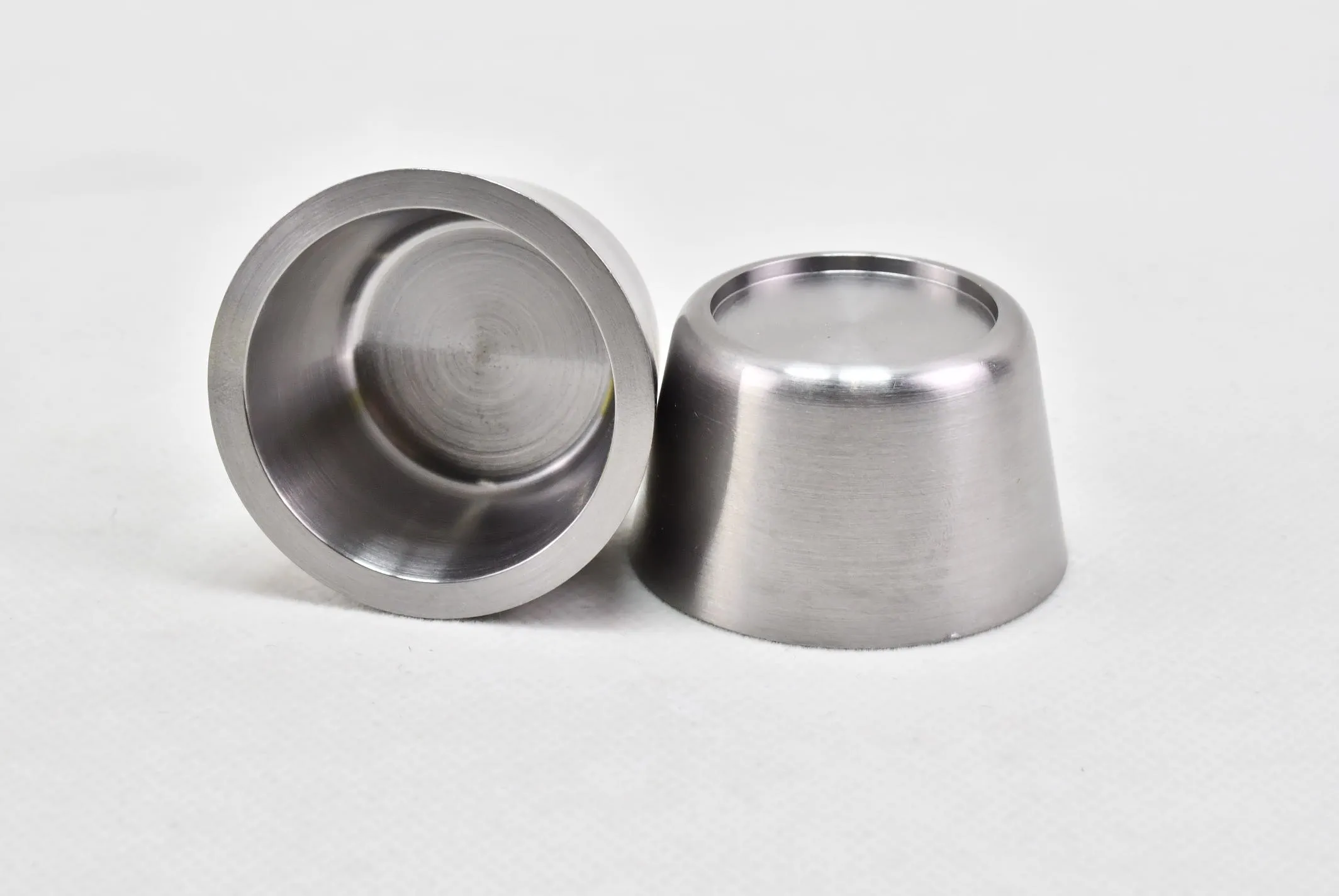High density tungsten alloy shielding parts are widely used in the field of nuclear medicine!
Why do we need high density Tungsten Alloy shielding components?
With the development of medical technology, more and more radiation devices are appearing in our daily lives. The popularization of medical equipment and nuclear power plants has had a significant impact on our lives. The harm of radiation and how to protect people from its harm have attracted high attention. Therefore, it is necessary to shield radiation, such as X-rays, γ Radiation (high-energy electromagnetic radiation), α Particles (helium atoms), β Particles (electrons) and cosmic rays, etc.
To protect patients, doctors, nurses, and others from the hazards of radiation, radiation sources must be isolated and shielded. The radioactivity of radioactive materials must be controlled at a sufficiently low level to avoid the generation of harmful ionizing radiation, which will not lead to cancer such as lung cancer and skin cancer. Lead and iron are traditional radiation shielding materials, but there is no doubt that high density Tungsten Alloy Shielding components are the choice. The reason for choosing high density tungsten alloy shielding components as shielding materials is because tungsten alloy has excellent radiation absorption ability, high density (twice higher than lead), and good corrosion resistance.
Advantages of high density tungsten alloy shielding components:
Scientists have found that using shielding components can reduce radiation levels, and the radiation shielding properties of high density tungsten alloy shielding materials are closely related to their density. Higher density means better radiation absorption and shielding capabilities. Due to the higher density of Tungsten Alloys compared to other materials, high density tungsten alloy shielding components have better radiation absorption and shielding capabilities compared to other traditional shielding materials, such as lead. High density tungsten alloy shielding components γ Rays have better shielding properties, which can reduce the volume of shielding components. Compared to lead, high density tungsten alloy shielding components with the same volume have better radiation shielding properties.

Due to the combination of high density (60% higher density than lead), machinability, good corrosion resistance, and high radiation absorption ability (superior to lead and steel), tungsten alloy is a raw material for shielding components with high strength. Reducing the volume and thickness of shielding components and containers, tungsten alloy shielding components still have the same radiation shielding ability as lead. In addition, due to the non-toxic and pollution-free nature of tungsten alloys, high density tungsten alloys are more environmentally friendly compared to lead and depleted uranium.
The use of high density tungsten alloys:
The use of high density tungsten alloy shielding components is not subject to NRC, EPA, or special OSHA regulations. Therefore, tungsten alloy shield with high specific gravity is widely used in the field of nuclear medicine as collimator, radioisotope container, radiation source container, etc.
* Radioactive source container
* γ X-ray high density tungsten alloy shielding components
* Tungsten alloy shielding block
* Tungsten alloy containers for radioactive sources used in petroleum drilling
* Tungsten alloy X-ray collimator
* Tungsten alloy PET syringe shielding component
* Radiotherapy equipment shielding components
* Radioactive syringe shielding components
* Tungsten Alloy Syringe Shielding component
* Shield wall
* Tungsten alloy FDG container
* Weld inspection
* Nuclear testing equipment
* Radiation shielding barrel
* Production, transportation, and storage of radioactive isotopes
* Testing equipment for large radioactive storage containers
* Radioactivity is both a fast isotope container and an accelerator
* Pipeline γ Radiographic testing equipment
* Shielding components for nuclear submarine power plant

 EN
EN AR
AR FR
FR DE
DE HI
HI IT
IT JA
JA KO
KO PT
PT RU
RU ES
ES ID
ID LV
LV VI
VI HU
HU MS
MS GA
GA BE
BE YI
YI EU
EU


